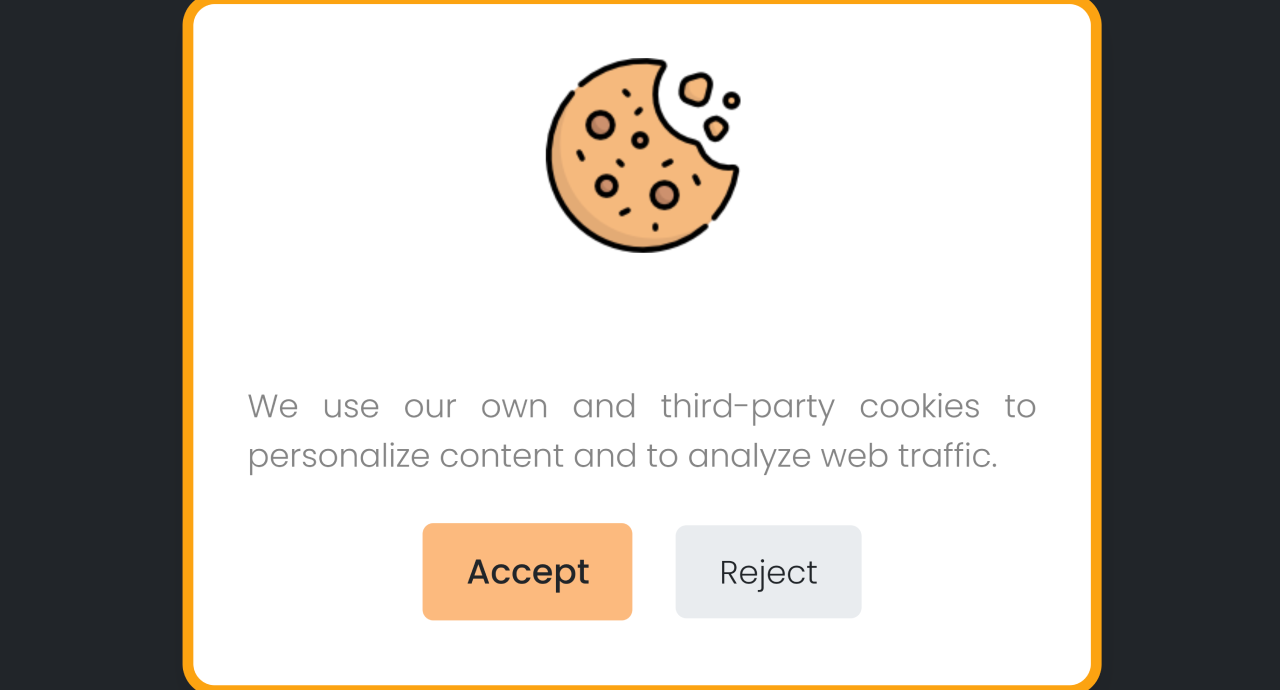Prior to having to ask for the user’s GDPR consent running experiments or A/B tests was not that hard. You set up a couple version of your site with your tool of preference and then launched a PPC campaign to bulk up trafffic a little bit so that you can arrive to the evaluation part of the experiment sooner. The PPC campaign part (or having the experiment on any landing page for that matter) is the problematic part after the introduction of GDPR. The new user arrives to your site and is presented with a consent screen. If you are GDPR-savvy yoi haven’t loaded your A/B testing tool yet in lack of consent. Your user consents to utilizing cookies and you could at this point start to load up you A/B testing tool but it is already too late. The page is fully visible in the user’s browser, and if you wanted to rearrange it like this the user would see floating and disappearing design elements which would not build much trust towards your organization.

What can be done?
One thing you can do is to only rely on returning users for running experiments. While you might have sufficient traffic to be able to come to conclusions on your experiments you are still investing far more time than necessary.
You could stay away from running landing page experinment. Definite no.
You could buy into a tool that does support this feature which is a reasonable thing to do.
Or you can start using ClientConscious and we will enable you to run landing page experiments with any A/B testing tool that you have.
How does it work?
As previously mentioned you do have to ask for the user’s consent and by the time the user consents it is already too late to load the experiment tool. Seems like a logical error and not much can be done here, which is sort of the truth. In order to still enable you to run landing page experiments ClientConscious performs a quick reload of he page after the user consents. It is important to mention that it probably takes a couple milliseconds only since you have already downloaded all resources of the page and the borwser have cached them.
After the reload on the consecutive page load you do have the consent in place from the very beginning so you are able to load the A/B testing tool in time and present the user the version that was chosen for him or her. As simple as that. Of course there are some additional caveats as you have to prevent double firing of your statistics pixels, and you have to preserve campaign and referrer data too. But it is nothing unsolvable.
While you can go ahead and try and add the same twist to your GTM setup, it proably worths giving ClientConscious a try as it comes with many additional handy features:
100% tag coverage in an hour
Remains comparable across design and tech changes
Enables the freeing up of resources


